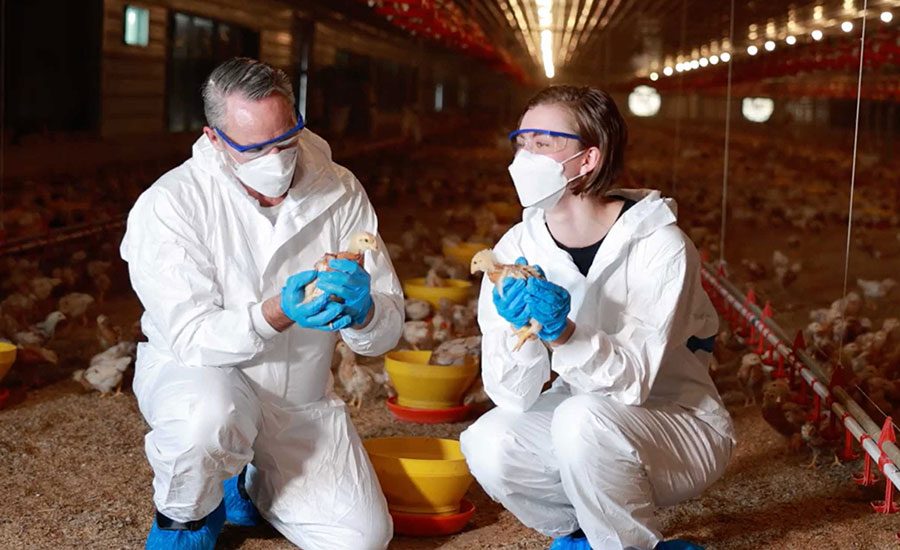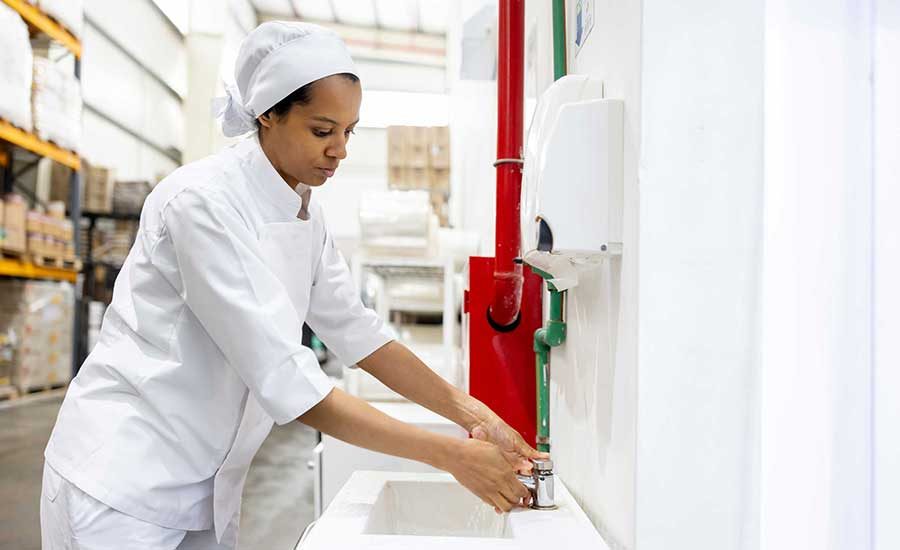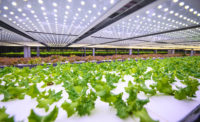The U.S. Department of Agriculture (USDA) has released a summary of a survey entitled Before Implementation of the Food Safety Modernization Act’s Produce Rule: A Survey of U.S. Produce Growers. The study dives into how food safety practices vary among U.S. fruit and vegetable growers. The study also looked at the costs of such food safety practices. Below are a few excerpts directly from the study summary.
What Is the Issue?
The Food Safety Modernization Act (FSMA) is the most significant change to U.S. food safety laws in over 70 years. Though enacted in 2011, it has yet to fully take effect. One piece of this legislation, commonly referred to as the “Produce Rule” (PR), was the first onfarm U.S. Food and Drug Administration (FDA) regulation for produce to be sold and consumed raw in the United States and set specific disease-preventive requirements governing a wide range of practices. These include personnel qualifications and training; health and hygiene; water application; manure products; animal contamination and harvesting; equipment, tools, buildings, and sanitation; and recordkeeping. Some PR requirements are already in effect for larger growers, and the last compliance deadline for smaller growers is January 2020. These deadlines do not include compliance dates for water requirements that have been unofficially proposed through 2024. Before the rule was implemented, U.S. Department of Agriculture’s (USDA) Economic Research Service (ERS) teamed with USDA’s National Agricultural Statistics Service (NASS) to survey produce growers about their food safety practices. Based on these survey data, this report provides USDA’s first update of national food safety practices since 1999 and since microbial contamination of produce became widely recognized and researched. The report reveals work yet to be done in training and implementation of food safety practices, as the PR implementation moves forward.How Was the Study Conducted?
The Produce Grower Food Safety Practices Survey was conducted in two parts with the U.S. fruit and vegetable industry. NASS collected data for onfarm food safety practices using addendums to the 2015 Fruit Chemical Use Survey and the 2016 Vegetable Chemical Use Survey. The survey focused on grower activities related to food safety, including third-party audits (although not required by the PR); measured costs; personnel qualifications and training; water application; manure products; animal contamination and harvesting; equipment, tools, buildings, and sanitation.What Did the Study Find?
Growers’ rates of adopting food safety practices vary by PR coverage and size category. At the time of the survey, many growers who would be covered by the PR already had some food safety practices in place. Of these, larger growers had adopted food safety practices at higher rates than smaller growers. Because growers with higher sales generally operated more produce acres, the share of acres on which food safety practices were in place far exceeded the share of growers who implemented food safety practices.
Small farms required more change to meet the PR standards than large farms. At the time of the survey, many farms that would be covered by the PR needed to make some changes to meet the standards. On average, smaller farms needed to make more changes than larger farms. Even growers who engaged in a particular food safety practice may not have performed it to the specifications of the PR. For example, some growers who tested water did not test as often as required by the PR or did not use a test standard that met PR requirements.Both growers who would not be covered and who would have a qualified exemption used some food safety practices. Some growers who would not be covered by the PR and would not be required to adopt new food safety practices had done so anyway. However, as a whole, this group was the least likely to have food safety practices in place. It was not uncommon for growers with a qualified exemption to the PR to have more food safety practices in place than growers of the same size who would be covered.
Larger growers spent more than smaller growers on the food safety practices measured in this report. Survey results provide a general idea of how much growers spent on some food safety practices already in place—which should not be interpreted as the cost to meet the standards of the PR or a complete measure of costs for food safety practices. Very large growers (taking in $5 million or more in annual sales) covered by the PR spent about 16 times the amount on food safety practices as growers not covered by the PR. Audited growers spent more than growers without audits on the food safety costs measured in this report. The costs for audited growers served as an imprecise proxy for expenses for growers who may already have had sufficient, or nearly sufficient, food safety practices to meet the standards of the PR.
Audited growers spent on average about 2 to 10 times more on measured costs than growers without audits, depending on their PR and size coverage category. The lower costs for those without audits indicated a probable need to implement additional food safety practices to meet the PR’s standards.
You can read the survey summary in its entirety at USDA.gov.
Sign up for Food Safety Magazine’s bi-weekly emails!
Subscribe to our podcast: Food Safety Matters!






